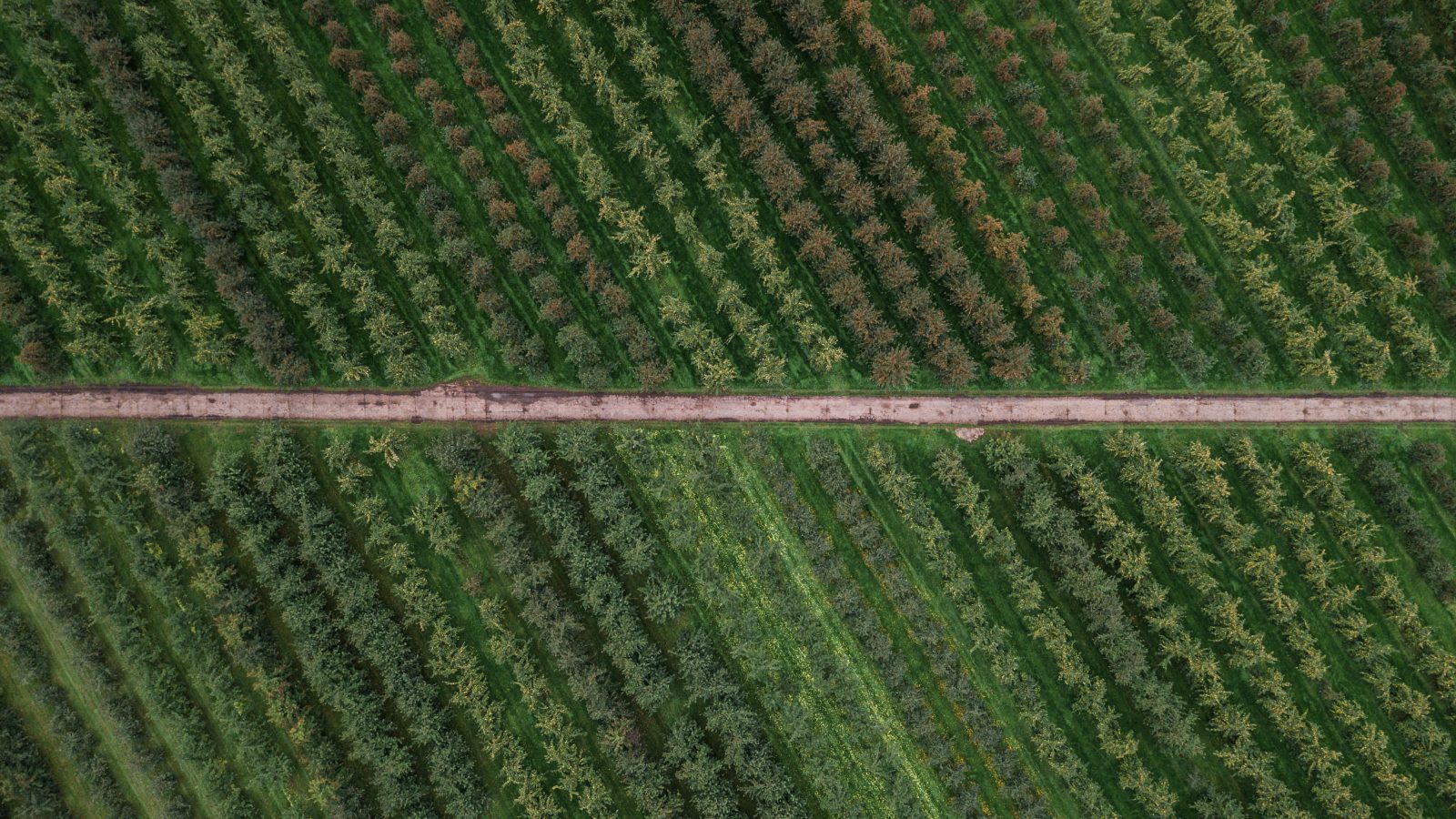

David Green, Executive Director of the U.S. Sustainability Alliance, discusses sustainable food systems, mirror clauses, and their meaning
Through summer and the fall, U.S. farmers will harvest their crops, many of which they will have produced using innovative technologies. At the same time, the European Commission is expected to propose its far-reaching sustainable food systems (SFS) regulation to legislate minimum sustainability requirements for products placed on the European Union (EU) market.
The SFS is one of many legislative initiatives resulting from the EU’s Green Deal and Farm to Fork (F2F) strategies. F2F’s objectives for 2030 are to reduce the use of chemical pesticides by 50%, fertilizers by 20%, and antibiotics by 50% while increasing organic production to 25% of total agricultural production.
The Commission’s green strategies call for a science-based approach and the use of new production technologies. However, experience shows that such technologies can run into political and societal challenges leading to non-scientific delays and even outright rejection.
Political pushback increases
For example, recently, there has been considerable right-of-center political pushback in the European Parliament to the proposed Nature Restoration Act, with the adoption of the Parliament’s (watered down) position only being passed by a very narrow margin. The proposal to cut pesticide use has met similar opposition, with several member states joining farmers, arguing that food security should be central to future legislation.
Underlying these political challenges, time for legislative action is running out. The European Parliament elections are in June 2024, while the end of the Commission’s five-year term is October, which leaves a very tight timeframe to bring forward, debate, and agree on new initiatives.
For EU farmers, F2F’s proposed cuts in inputs without alternative production technologies mean facing an expected drop of up to 20% in overall productivity and a corresponding reduction in quality. This, in turn, would lead to increased imports from third countries, including the U.S., to make up for the shortfall. Little wonder that U.S. farmers and others globally might relish the potential for increased exports while sympathizing with their European counterparts. They might even scratch their heads and ask, “What exactly does Europe want and expect from its farmers?”
Profitability and sustainability
From a U.S. perspective, the EU’s regulatory approach to drive sustainable production comes across as prescriptive, heavily influenced by environmental and social pressures, with less attention given to the third leg of the ‘sustainability stool’ – economics. Yet, for farmers everywhere, being profitable goes hand in hand with the basic tenets of sustainability. The U.S. approach to agricultural sustainability is more focused on voluntary initiatives and market-based approaches, such as incentivizing farmers to adopt sustainable practices through conservation programs.
This is not to say that there is no regulatory oversight since there are some 20 U.S. federal laws and policies governing conservation, the environment, and the protection of waterways.
Mirror clauses concern EU trading partners
How the EU develops its approach to sustainable production within its borders is a matter for its legislators, regulators, producers, and consumers. However, the F2F strategy made it clear that it sees its approach as setting the global standard for sustainability. The EU’s attempts to impose so-called mirror clauses, which would require agriculture imports to meet EU standards, not only for food safety (already needed) but also for animal welfare and environmental protection, have increased concerns among trading partners that Europe is trying to dictate its policy unilaterally.
Achieving agricultural sustainability requires a multi-faceted approach that includes regulations and voluntary standards. Each has strengths and weaknesses, but they are complementary in promoting sustainability.
War exposes vulnerabilities in the global food system
The war in Ukraine threw into sharp relief the fragility of global agricultural production and trade, particularly in Europe, where the aspirations of the Green Deal came up against the hard reality of food security. As a result, implementing the F2F strategy is receiving increasing pushback from EU politicians, farm groups, and even regulators. The conflict also showed the interdependency of achieving food security. It highlighted a need for flexibility and understanding in accommodating local ambitions alongside various geo-political contexts and contrasting food production systems.
Sustainable productivity growth coalition
In late 2021, U.S. Agriculture Secretary Tom Vilsack launched the Coalition on Sustainable Growth Productivity (SPG) with the underlying message calling for countries to take a global approach to bolster “sustainable productivity growth” and to “guard against trade barriers that discriminate against particular production practices even when the system is delivering positive outcomes.”
Interestingly, the EU joined the SPG Coalition the following March (2022). Perhaps, having looked in the mirror, the EU appreciates the need for more flexibility to meet the requirements of a global approach to tackling how to produce food sustainably and feed a growing world population.
This article was first published by Open Access Government and is reprinted with permission:
A U.S. perspective on the EU’s Farm to Fork strategy (openaccessgovernment.org)


